In the second part of this article series, we go through the next part of Michael Edwards’ Fragrance Wheel. This time, it is all about oriental perfumes
In the previous instalment of this article series, we started our exploration of the Michael Edwards’ Fragrance Wheel by inspecting more closely the popular floral fragrances. In this article, we continue to navigate through the world of perfumes by taking under scrutiny the following fragrance family of orientals.
 Edwards’ fragrance wheel is designed in a way that demonstrates how different perfumes stand in relation to each other. According to the general rule, a fragrance group is directly related to those situated on each of its sides. The oriental family is situated between the floral and woody fragrance families, so one can expect the perfumes in the oriental genre to develop from delicate floral scents into heavier woody creations.
Edwards’ fragrance wheel is designed in a way that demonstrates how different perfumes stand in relation to each other. According to the general rule, a fragrance group is directly related to those situated on each of its sides. The oriental family is situated between the floral and woody fragrance families, so one can expect the perfumes in the oriental genre to develop from delicate floral scents into heavier woody creations.
Soft at Heart
The first subgroup under the oriental family, called Soft Orientals, is situated next to the floral fragrance family and thus is the most delicate of the oriental subgroups. Soft Orientals are most often composed of a floral and spicy core, accentuated with notes of incense and amber. The sweetish smokiness of incense and the warm, honey-like richness of amber both help to lighten and round the core of Soft Orientals to create a balanced perfume with oriental characteristics.
Even though called Soft Orientals, the perfumes that fall into this group do not necessarily have to be very light fragrances. This is clearly exemplified in Royal Bain de Caron, which was launched by the famed French perfume house Caron in 1941. The fragrance was created by Ernest Daltroff, the founder of the perfume house now considered to be the one of the oldest in Paris.
Royal Bain de Caron opens with a fresh and green combination of surprisingly intense lilac and rose. The soft aspect of the perfume quickly reveals itself, however, as the middle notes of incense and resins meld the initial floral blast into a delicious balmy oriental concoction. Gradually this rich and spicy core develops into a base composed of amber, vanilla and cedar – all of which only serve to highlight the softness of the flowers and resins. Royal Bain de Caron, literally the royal bath of Caron, delivers exactly what it promises: an experience of a carefully balanced bath of scents appealing for both men and women.
Heavy-hitting Success
After Soft Orientals, the next subgroup in the oriental family is called simply Orientals. Here every aspect of the Soft Orientals has been taken one step further. The spices, resins and flowers are all bigger, bolder and deeper. This particular subgroup is also one of the oldest and most traditional perfume types known to human history. Countless fragrant masterpieces that have managed to capture the imagination of both Western and Eastern perfume lovers alike have been launched as Oriental perfumes, with novel creations being released every year.
 The Oriental perfumes are so important and abundant in nature, that it is nearly impossible to pick just one example to reflect the diverse nature of the fragrances in this group. Most often the iconic Shalimar by Guerlain is mentioned as the Oriental perfume par example. Shalimar with its intense and intoxicating scent is definitely one of the most enjoyable Orientals out there, but it should not make one forget about all the other gorgeous Orientals.
The Oriental perfumes are so important and abundant in nature, that it is nearly impossible to pick just one example to reflect the diverse nature of the fragrances in this group. Most often the iconic Shalimar by Guerlain is mentioned as the Oriental perfume par example. Shalimar with its intense and intoxicating scent is definitely one of the most enjoyable Orientals out there, but it should not make one forget about all the other gorgeous Orientals.
Another Oriental worth mentioning, a true guilty pleasure on par with Shalimar, would be Incense Oud by Kilian. Developed in 2011 by Sidonie Lancesseur, it has since been listed by many as one of the most noteworthy Orientals released in recent years. Much like Shalimar, Incense Oud is a careful blending of the floral, spicy, woody, and smokey aspects of Oriental perfumes. Although Lancesseur’s creation can be quite strong at times, it nonetheless never becomes quite as heavy and deep as Shalimar.
 Incense Oud opens with delicate notes of geranium and rose blending together with cardamom and pink pepper. The spiciness is further highlighted by the slowly unfolding middle notes of cedar, sandalwood, oudh and papyrus. Constantly the restrained floral notes seem to be on the brink of being engulfed by the spices and the woody notes, but somehow the flowers resist. The magical allure of Incense Oud is derived precisely from this hidden tension between the flowers and the spicier notes. The fragrance seems to last forever, with different aspects of the perfume rising to the focus one after another, before fading into a soft base of musk, labdanum and oudh.
Incense Oud opens with delicate notes of geranium and rose blending together with cardamom and pink pepper. The spiciness is further highlighted by the slowly unfolding middle notes of cedar, sandalwood, oudh and papyrus. Constantly the restrained floral notes seem to be on the brink of being engulfed by the spices and the woody notes, but somehow the flowers resist. The magical allure of Incense Oud is derived precisely from this hidden tension between the flowers and the spicier notes. The fragrance seems to last forever, with different aspects of the perfume rising to the focus one after another, before fading into a soft base of musk, labdanum and oudh.
Oriental Woods
The last subgroup under the oriental fragrance family is called Woody Oriental. In this group the effect of the following larger fragrance family, the woody notes, is already clearly present. While Woody Orientals often feature floral and spicy notes like any other oriental perfume would, the main impression of the fragrances in this class should always focus around woody notes, with patchouli and sandalwood in particular.
 Woody Oriental perfumes often display a certain transformative power. Take for example Sandalo e The by the Florentine perfume house Bois 1920. The fragrance was created by Enzo Galardi in 2005 and features a wide variety of notes from floral to spicy in its composition. The complex profile makes Sandalo e The very versatile, giving it a clear oriental feel on certain moments, while at other times it seems to leave more of a tropical or even Mediterranean impression.
Woody Oriental perfumes often display a certain transformative power. Take for example Sandalo e The by the Florentine perfume house Bois 1920. The fragrance was created by Enzo Galardi in 2005 and features a wide variety of notes from floral to spicy in its composition. The complex profile makes Sandalo e The very versatile, giving it a clear oriental feel on certain moments, while at other times it seems to leave more of a tropical or even Mediterranean impression.
Sandalo e The begins with an interesting combination of smokey tea combined with citrus fruits, lavender and rosemary. The calming lavender soothes the smokiness and leads to more flowers in the middle notes composed of jasmine, rose and geranium. Slowly notes of patchouli and cedar start to seep into the floral core, until they lead into a sweetish spicy dry down of myrrh, tobacco and sandalwood. The overall impression is that of comforting summer days leading into temperate oriental nights.


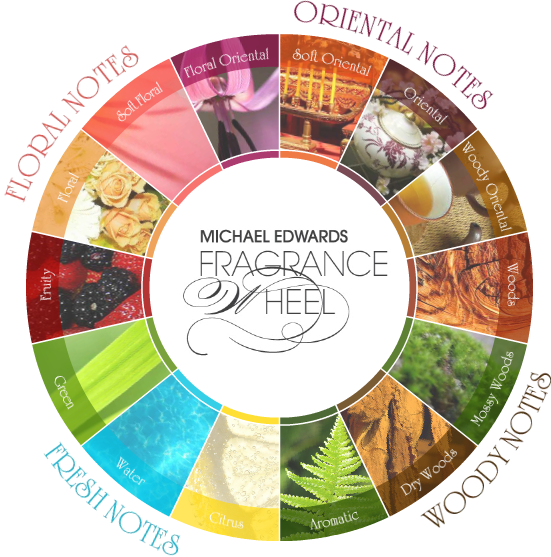
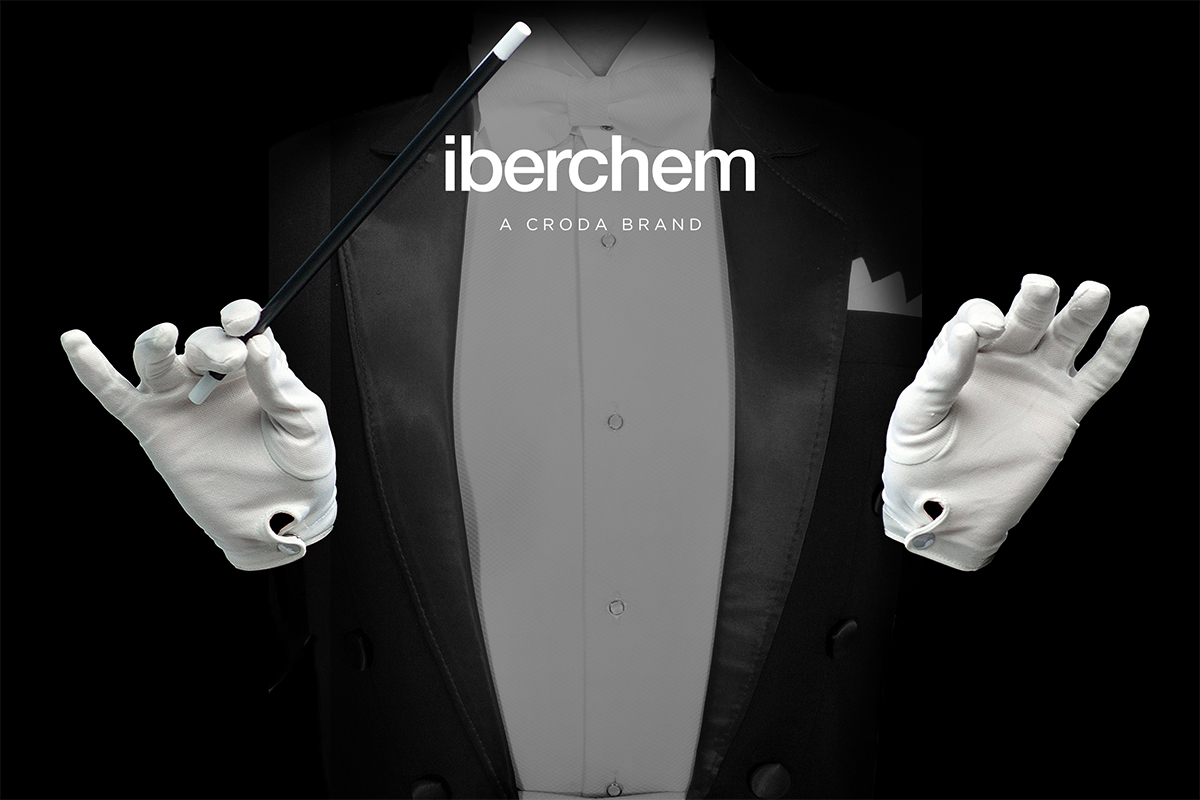
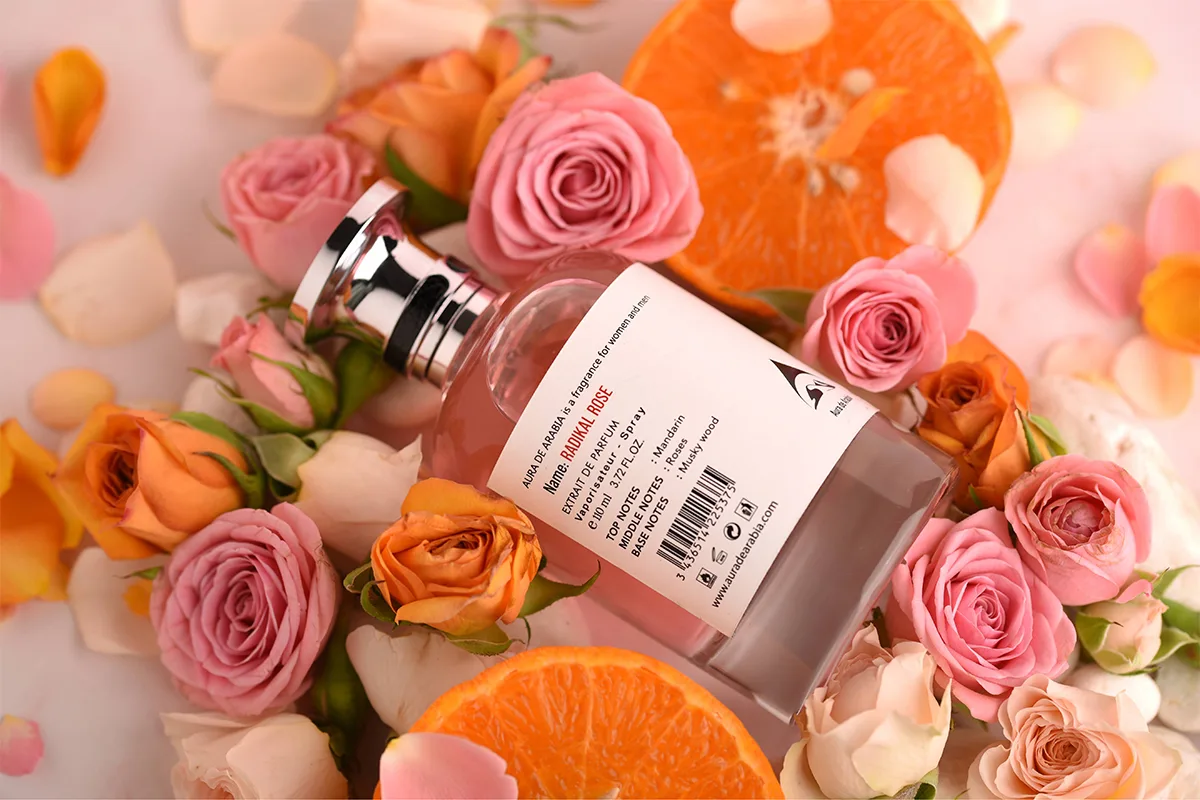
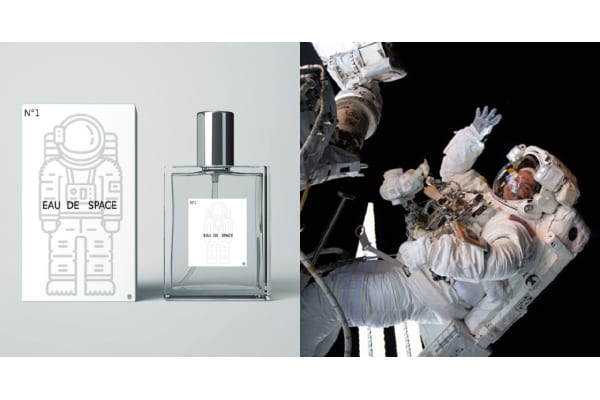
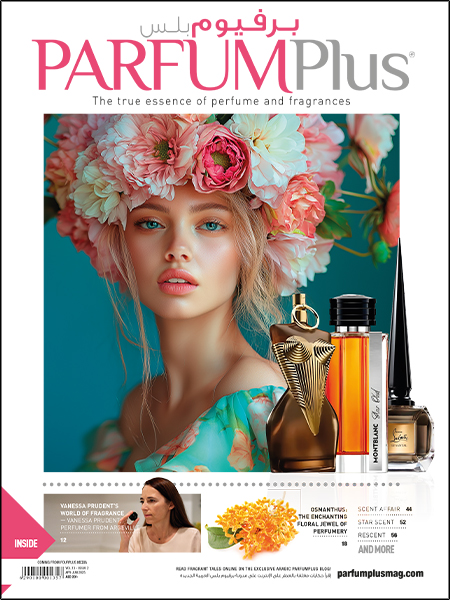


Add Comment